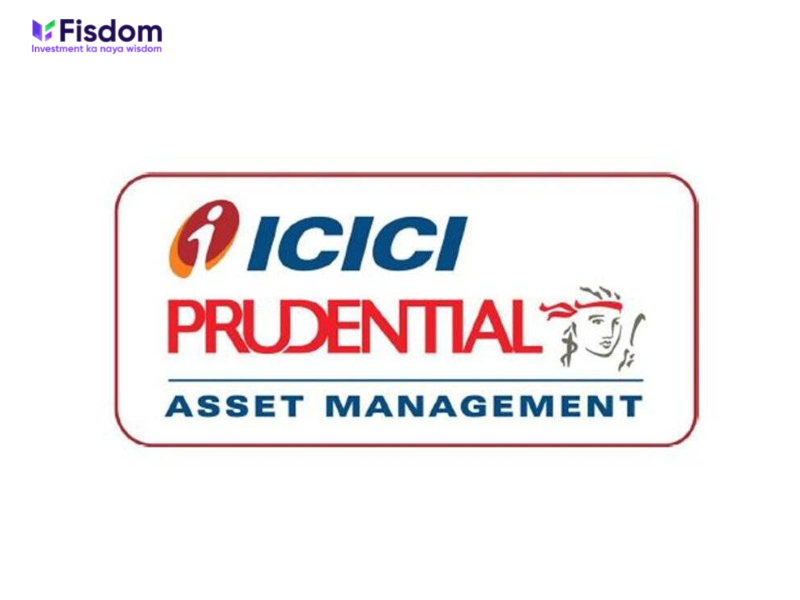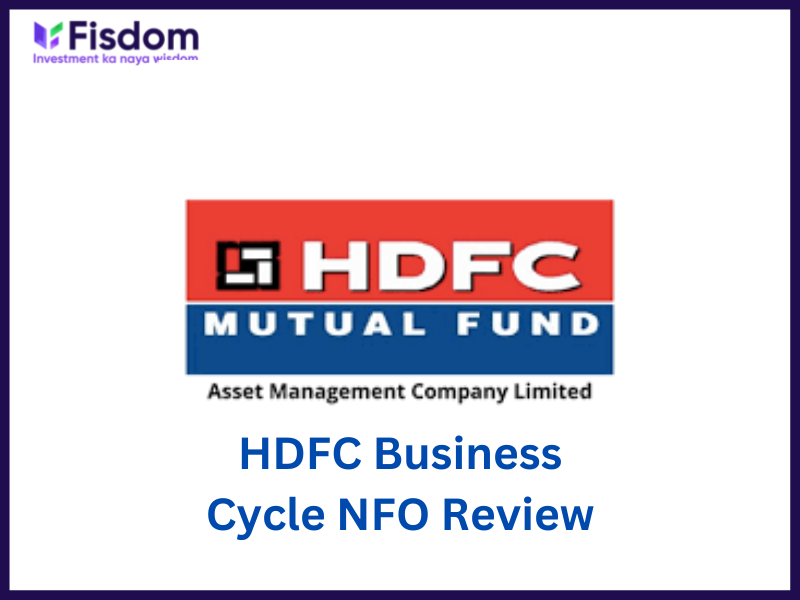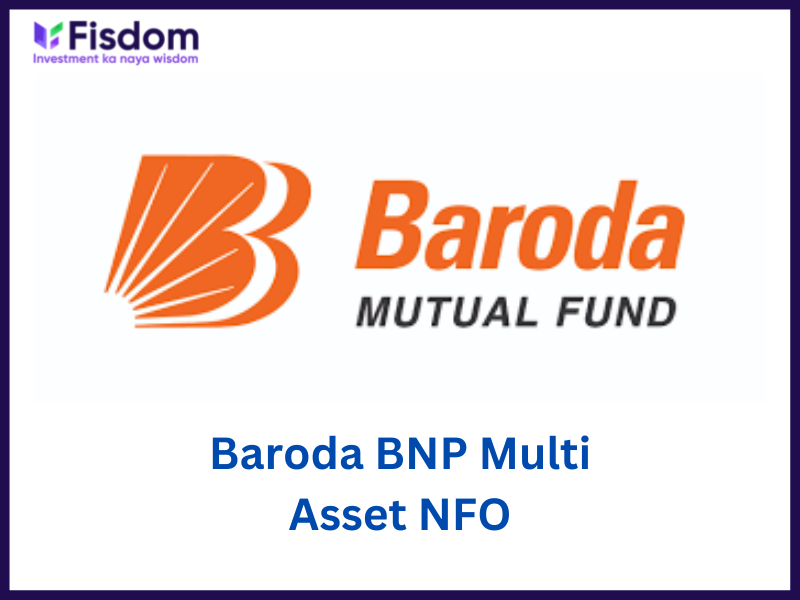
Introduction
UTI Mutual Funds has launched an NFO (New Fund Offer), UTI S&P BSE Low Volatility Index Fund. The NFO is launched on 14th February 2022 and will continue till 22 February 2022 for the investors to subscribe to it. The scheme will be open for further subscription and redemption on regular basis from 7th March 2022.
Investment objective of the fund
This fund is an open-ended scheme that has S&P BSE Low Volatility Index TRI as its benchmark. The scheme aims to replicate the performance of its benchmark with minimal tracking errors. The target of the scheme is low volatility stocks that have the ability to stand their ground in high market volatility to give the investors better risk-adjusted returns. The scheme does not guarantee any returns or the achievements of the objective sets an open-ended scheme that has S&P BSE Low Volatility Index TRI as its benchmark. The scheme aims to replicate the performance of its benchmark with minimal tracking errors. The target of the scheme is low volatility stocks that have the ability to stand their ground in high market volatility to give the investors better risk-adjusted returns. The scheme does not guarantee any returns or the achievements of the objective set.
Why should you invest in this fund?
- Diversification
The scheme aims to invest in low volatility stocks from the large-cap (63%), mid-cap (28%), and small-cap (9%) segments. Low volatility stocks are relatively stable and provide more or less stable returns in the wake of market uncertainty. This diversified investment in low volatility stocks will help in mitigating the risks of the market fluctuations along with providing the inherent benefits of an index fund.
- Passive fund
Like any index fund, this scheme also falls under the passive funds category. It tracks the performance of the S&P BSE Low Volatility Index TRI and aims to replicate the same subject to the tracking errors. Although the fund is categorized under the high-risk category, the benefits of passive investing make it a good option for investors focusing on the passive investment segment.
- Focus on long-term wealth creation for investors
The fund aims at creating substantial wealth for the investors by investing in companies that have low volatility backed by strong fundamentals and proven business models. This will help in generating better returns for the investors in medium to long-term scenarios.
- Suitable for risk-averse investors
This plan is quite ideal for risk-averse investors that want to limit their exposure at the same time want to earn decent returns from the market. The passive investing mode of this fund allows them to be part of a fund that selects stocks based on a pre-determined model with a definitive goal of replicating the index performance without being exposed to the risks of active funds.
- Plan option
UTI S&P BSE Low Volatility Index Fund is available in the direct plan and regular plan for the investors to subscribe to. Both the plans offer the investors to invest in the growth option only.
Past performance of the index
Given below is a brief picture of the past performance of the index in comparison to the S&P BSE LargeMidcap TRI
- Snapshot of comparison in terms of broad parameters
| Criteria | S&P BSE Low Volatility Index TRI | S&P BSE LargeMidcap TRI |
| CAGR Returns in Percentage | 18.2% | 14.2% |
| Annualised Volatility | 17.0% | 21.9% |
| Analysis | Higher returns at lower volatility | Lower returns at higher volatility |
- Comparison of cumulative performance in terms of Risk-Adjusted Returns
| Period of comparison | S&P BSE Low Volatility Index TRI | S&P BSE LargeMidcap TRI | NIFTY 50 TRI |
| 1 Year | 1.38 | 1.88 | 1.73 |
| 3 Years | 1.04 | 0.87 | 0.83 |
| 5 Year | 1.17 | 0.90 | 0.90 |
| 7 Year | 0.98 | 0.72 | 0.68 |
| 10 Year | 1.35 | 0.89 | 0.83 |
| Since inception | 1.07 | 0.65 | 0.61 |
Fund Details
| Scheme name | UTI S&P BSE Low Volatility Index Fund |
| Type of Scheme | An open-ended index scheme investing in the composition of S&P BSE Low Volatility Index TRI |
| Category of the scheme | Index fund |
| Benchmark | S&P BSE Low Volatility Index TRI |
| Plan options | Regular planDirect plan Each plan has a growth option |
| Fund Manager | Mr. Shravan Kumar Goyal |
| Exit Load | NIL |
| Minimum Investment | During NFO: Rs. 5,000 and multiples of Re. 1 thereafter Additional purchase: Minimum Rs. 1,000 and multiples of Re. 1 thereafter with no upper limit |
| NFO Period | 14 Feb 2022 – 25 Feb 2022 |
Where can you invest in the NFO?
Head over to the Fisdom App to invest in this NFO.
FAQs
NFO (New Fund Offer) is launched by the Asset Management Companies (AMCs) to generate funds for launching a new mutual fund. These funds are then pooled to buy the shares or other securities as per the fund’s mandate or the guidelines based on which the fund is launched. NFOs are like IPOs where all the relevant details of the funds are provided at the time of their launch and the units of the fund are usually set at Rs. 10 per unit for a subscription. SEBI guidelines allow the NFOs to be active for a maximum period of 30 days following which the units of the fund are traded based on their daily NAV.
NFOs, at the time of their launch, are launched in two categories namely close-ended funds and open-ended funds. The details of each type of fund are mentioned below.
Open-ended funds
The majority of mutual funds are launched as open-ended funds. Investors can subscribe to the fund at the nominal rate (usually Rs. 10 per unit) during the NFO period. After the NFO period, when the units are traded based on the daily NAV, the investors stand to gain huge capital gains depending on the performance of the fund.
Close-ended funds
Close-ended funds, on the other hand, do not allow the investors to subscribe to the fund after the NFO period is closed.
Investing in NFOs is a very good opportunity to maximize the returns as the units can be subscribed at nominal rates and the returns are potentially higher based on the prevailing NAV at the time of redemption. However, there are several points that need to be considered while subscribing to an NFO. Some of such points are highlighted below.
a)Track record of the AMC
NFOs are offered for the new mutual fund so no proven track record can be reviewed by investors to make an informed investment decision. The investors have to therefore rely on the reputation of the AMC and other details mentioned in the NFO to make an investment decision.
b)Expense ratio (if mentioned)
NFOs need a good amount of publicity to make the investors aware of the fund and the investment opportunity. It is therefore essential for the investors to check the expense ratio of the fund and ensure that it does not outweigh the net gains.
c)Check if the fund is in correlation to the existing portfolio
Recently there have been many NFOs in the market that investors can choose from. However, while selecting the fund the investors must check if the fund is not similar to an existing fund in their portfolio. For example, if the fund is a large-cap fund and the investor already has one or two similar funds in their portfolio, investing in another will not add much value to the net returns or the diversification of the portfolio. On the other hand, many NFOs can be sector-specific or country-specific. In such a case, investors have to check if the fund is in line with other factors like their risk-return profile and investment goals.
d)Review the SID carefully
Reviewing the SID (Scheme Information Document) is a crucial step that should not be missed by investors while investing in NFOs. It contains all the relevant information about the fund managers, their qualifications, and experience which is crucial for the funds’ performance. Other relevant information includes the investment profile of the fund, target sectors or securities, benchmark index, asset allocation ratio, etc. This helps the investors understand the returns expectation of the fund as well as the target investments where the fund will invest the pooled funds. Investors having a risk-return profile in line with that of the fund can thus invest in such funds.
Investment in NFOs can be done through two main routes i.e., the online or offline modes. The details of the same are mentioned below.
a)Online mode
The online mode of investment is suitable for investors already having a Demat account and a trading account. Investors can simply select the NFO and invest by selecting the number of units to invest and paying for the same through online payment modes available on the platform.
b)Offline mode
The offline mode of investment in NFOs is through registered brokers and distributors. Investors can contact their brokers and distributors providing them with the details of the amount to be invested and they can invest in the selected NFOs on their behalf. Investors can make hassle-free investments through such modes as all the necessary forms to be filled and the formalities to be met are looked after by these entities giving investors the benefit of ease of investment. The charges for such services are nominal when compared to the potentially high returns.

























